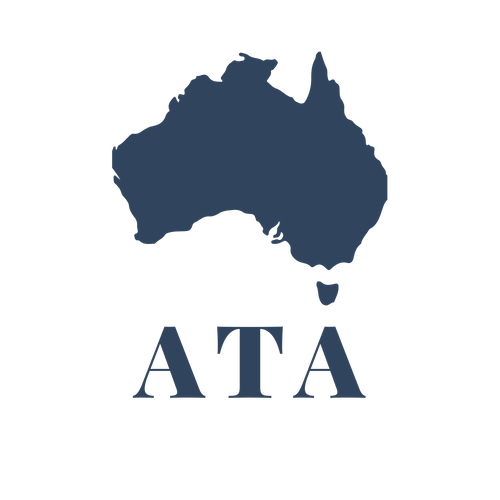An end to parliamentary rorts in one easy step
This week, Labor MP Joel Fitzgibbon passionately defended the $46,000 electoral allowance which he, like other MPs, receives from taxpayers each year in order to ‘engage’ with constituents: even though they are allowed to pocket what’s left of the allowance as additional income. This is in addition to his $264,000 annual salary and the over $50,000 he receives for travel.
Regardless of Fitzgibbon’s sentiments and those of fellow politicians Barnaby Joyce and former senator Jim Molan who’ve defended the entitlement, taxpayers have a right to know how their elected officials are choosing to spend our money. Especially when that money is earmarked specifically for constituent engagement.
The only way to do this is with an Expenditure Transparency Portal (ETP): a real-time record of politician’s office and departmental spending, complete with receipts.
The principle is already recognised by our government. Last year, ‘transparency.gov.au’ was launched to make commonwealth expenditures more accessible to non-bureaucrats. It allows ordinary users to make comparisons between different agencies by compiling budgetary data and using clear charts and graphs. Now, the public and journalists can see how politicians prioritise their spending and can expose failures to meet the ‘pub test’, or simply vote based on the newfound information.
Expanding the ETP to all state and territory governments would create even greater budgetary savings.
In the US similar portals have significantly reduced information requests and generated immense savings. We should not need to call multiple government agencies and wait on their staff to sort through data in order to receive the information that we have a right to.
The Freedom of Information (FOI) policy at the federal level and Government Information Public Access (GIPA) policy at the state and local levels in Australia require the government to provide this information to the public. However, the long and confusing processes involved can still deter citizens from accessing relevant information. The ETP removes this barrier.
Expanding the ETP would further reduce corruption. Taxpayers should know what they are spending to sustain public servants’ lifestyles. Taxpayers spend $55 million annually on senators’ and members’ salaries. Parliament charges us an additional $7.86 million for its electoral allowances, $45.7 million on office expenditures, and a whopping $116 million for travel expenditures. This amounts up to $225 million a year invoice from our MPs and Senators. And that doesn’t even include staff costs..
Maybe politicians will realize they don’t actually need $577 a day to travel. Instead of electoral allowances, expenses could be based on what politicians actually need for hotels and the incentives could and should be rearranged so that politicians value taxpayer resources. They may not want every caviar dinner or seven-star hotel stay broadcasted to all their constituents. Let’s reward frugality.
By giving the public true access to information on government expenditures, we can expose corruption and uncover waste: even when it doesn’t technically break the rules. The ETP is something Australians see in every electorate office.
The ATO audits Australians. It’s high-time that Australians were allowed to audit public officials. Taxpayers are the ones paying them, after all. If they have nothing to hide, then they have nothing to fear.
This article appear in The Spectator on 17 July 2019.
